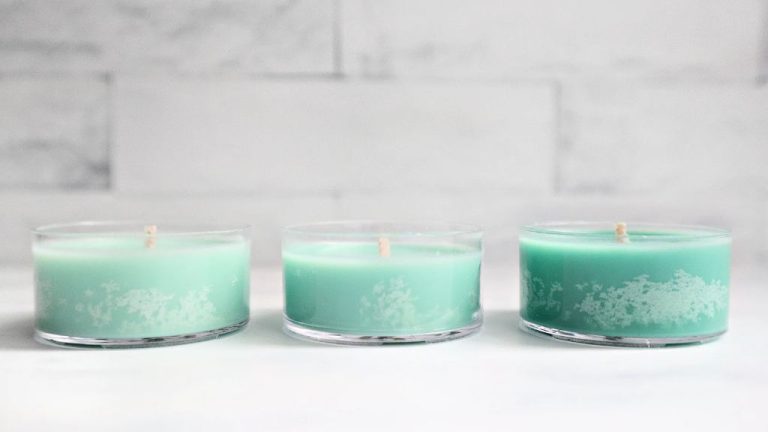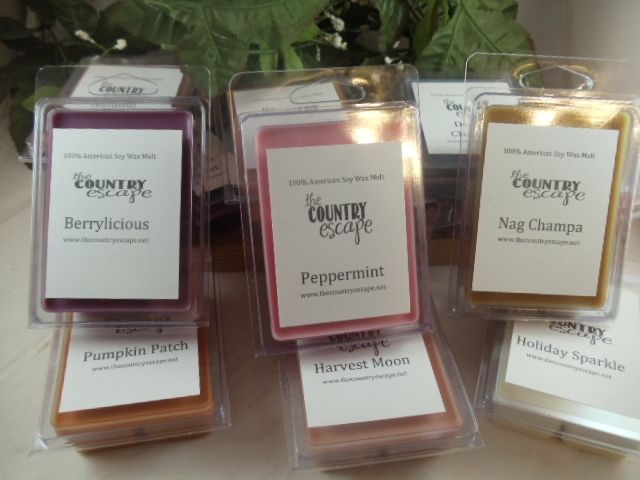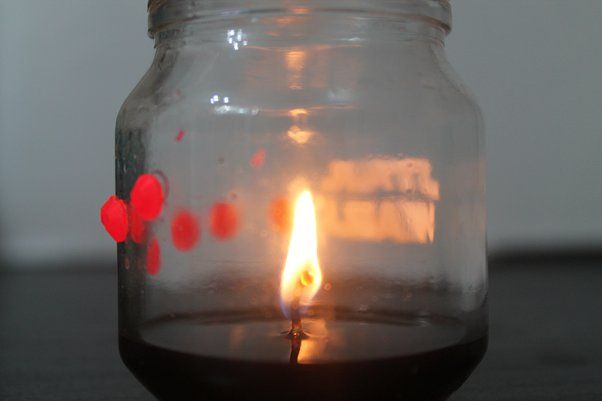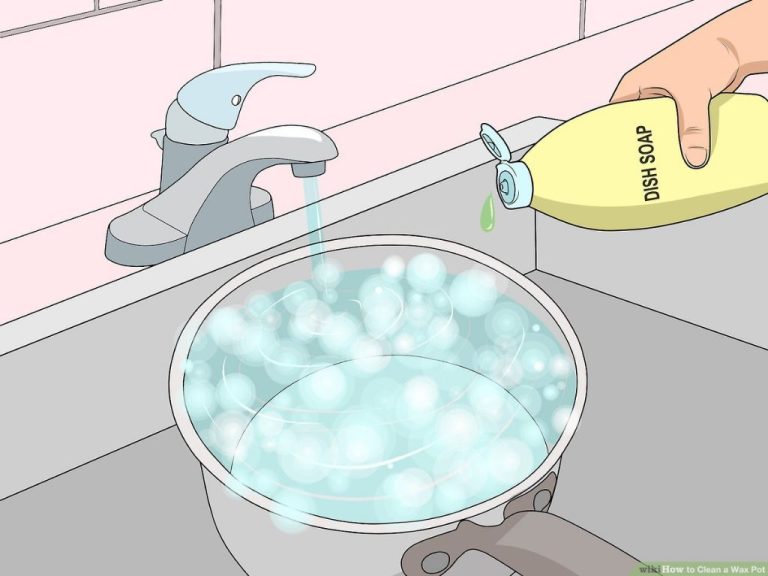How Long Can Floating Candles Sit In Water?
Floating candles have become a wildly popular home decor item in recent years. These candles are designed to float on water inside glass containers or jars, creating a magical and mesmerizing effect as the flames seem to dance on the water’s surface. According to one source, sales of a remote-controlled floating candle set surged to around 22,000 on TikTok Shop just this past week, showing their immense popularity (source).
With their striking visual appeal, it’s no wonder floating candles have become a top choice for tablescapes, centerpieces, and mood lighting. But how long can they actually last while floating in water? As beautiful as these candles are, they eventually burn down like any other candle. Knowing their average burn times can help you get the most enjoyment and use out of your floating candles.
What Are Floating Candles?
Floating candles are a unique type of candle designed to float on water. They consist of a wax candle body combined with a floating device, allowing the candle to rest atop a water surface as the wax burns down (Yummicandles). The floating mechanism is either part of the candle holder or integrated into the candle itself.
There are a few main types of floating candles:
- Jar floating candles – These candles have a jar ring base attached below to keep them afloat. The jar ring floats on top of water inside a vase or bowl while the candle burns in place (Amazon).
- Integrated floating candles – The flotation device is built into the bottom of the candle. Materials like cork, polystyrene or plastic discs are molded into the base to make the candle float (Yummicandles).
- Raft or platform candles – These use a separate floating platform, usually made of wood or plastic, designed to hold one or more candles. The raft floats while the candles on top burn down.
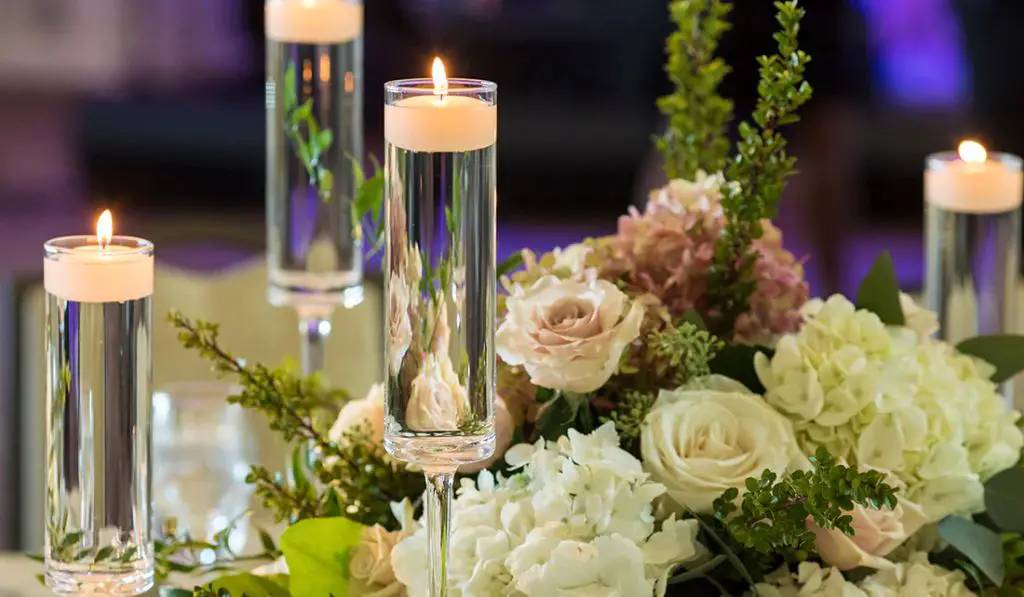
Within these types there are various floating candle shapes, sizes and designs for different effects. But fundamentally they all use some form of floating base to enable the candle to rest atop water.
Floating Candle Wick Types
There are two main types of floating candle wicks – regular wicks and self-trimming wicks. Regular wicks are the most common and inexpensive option. They have a basic cotton or paper construction. Self-trimming wicks have a special braided design that promotes more even burning. As the candle burns down, the wick coils back into itself, eliminating the need to trim wick height.
The type of wick used affects how long a floating candle will burn. Self-trimming wicks tend to burn cleaner and slower than regular wicks. This helps extend the candle’s burn time. According to testing by Simply Earth, self-trimming wicks can burn around 20% longer than regular wicks before needing to be replaced[1]. With proper care, a high-quality self-trimming wick may burn for up to 2 weeks before needing to be changed out.
Floating Candle Wax Types
The type of wax used in floating candles can significantly impact the burn time. The most common wax types for floating candles are paraffin, soy wax, and beeswax.
Paraffin wax is a petroleum-based wax that is inexpensive and makes candles that burn cleanly (according to Martha Stewart). However, some find the scent unpleasant, and paraffin releases toxins into the air as it burns. Paraffin candles typically burn for 6-8 hours.
Soy wax is made from soybean oil and is a renewable and environmentally-friendly option. Soy candles have a lower melting point than paraffin, so they burn more quickly – usually for 4-6 hours (according to Life N Reflection). The natural scent is mild and pleasant.
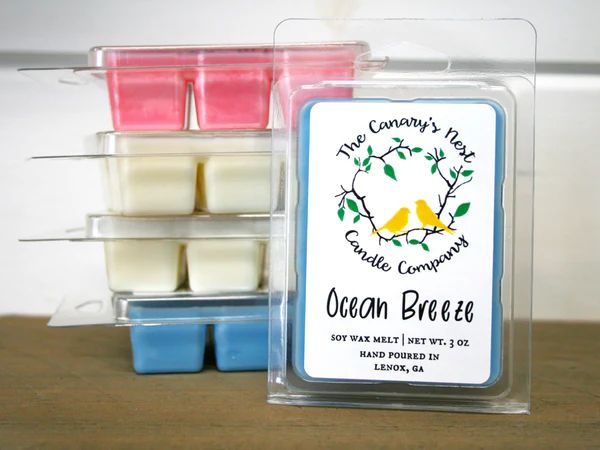
Beeswax is made from honeycomb produced by honey bees. It has a honey-like scent when burning. Beeswax is natural and non-toxic but more expensive than paraffin or soy. Beeswax candles burn slowly and evenly for up to 8 hours.
In summary, paraffin and beeswax floating candles tend to burn the longest, while soy wax has a shorter burn time. Wax type affects scent, environmental impact, and safety as well.
Jar Size and Candle Burn Time
The size of the jar or container holding the floating candle has a direct impact on how long the candle will burn. Larger jars allow more wax to melt and feed the flame over time, resulting in longer burn times. Smaller jars restrict the melting rate and provide less fuel for the wick, causing the candle to burn out faster.
For optimal burn time, it’s recommended to use a jar that’s at least 3 inches wide and 3-5 inches tall. This provides enough melted wax to sustain the wick while also allowing sufficient oxygen flow to the flame. With these dimensions, most standard 3 inch floating candles can burn for 6-12 hours (Source 1).
Extra large jars around 6-8 inches wide give floating candles the space to achieve exceptionally long burn times up to 24 hours. However, the larger flame can generate more heat and risks cracking or breaking the glass. Moderately sized jars in the 3-5 inch range offer the ideal balance for maximizing burn time while maintaining safety.
Water Temperature Effects
The temperature of the water can impact how long floating candles burn. Cooler water temperatures allow candles to burn slower and longer, while warmer water causes faster wax melting and a shorter burn time. According to research, floating candles generally burn best in water between 65-75°F (18-24°C).
Water that is too cold below 60°F (16°C) can cause issues with wax hardening and uneven burning. Excessively hot water above 80°F (27°C) will melt wax very quickly. The ideal water temperature for floating candles is around 70°F (21°C), which allows the wax to melt at an even rate and the wick to burn steadily.
Some testing shows that floating candles in 70-72°F (21-22°C) water burn around 20% longer than candles in 80°F (27°C) water. Colder water near 60°F (16°C) can increase burn times by up to 30%. So to maximize floating candle burn time, it’s best to use room temperature or slightly cooler water.
While warmer water may seem more visually appealing, cooler water temps are better for performance. Monitor the water temperature to ensure your floating candles have the longest, cleanest burn possible. Just a few degrees change can make a difference of over an hour with certain large candles.
Proper Candle Care
To get the longest burn times from your floating candles, it’s important to follow proper candle care guidelines. Here are some tips from the experts at Honey Candles (source):
- Trim the wick to 1/4 inch before lighting to prevent smoking and sputtering.
- Allow the wax pool to completely liquefy across the entire top surface before extinguishing.
- Never let the flame burn down into the holder or jar.
- Allow the wax to completely solidify before relighting.
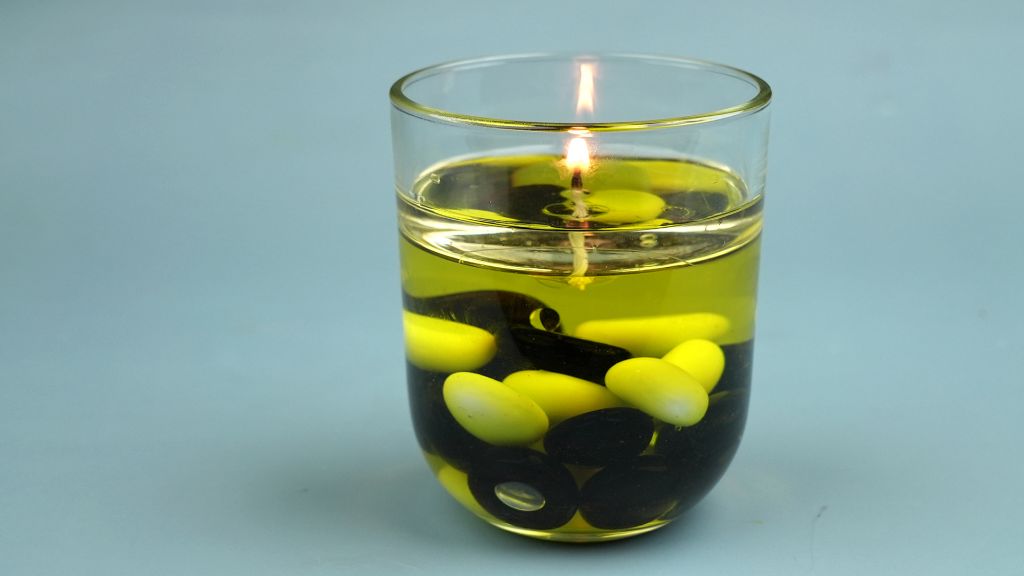
Following these steps helps prevent issues like tunneling, where a hole burns down through the center of the candle. Tunneling makes candles burn unevenly and shortens their lifespan. It’s also important to keep wicks centered as the candle burns to maintain an even wax pool (source).
Additionally, be sure to store floating candles properly between uses. The Candle Care experts recommend keeping them covered in a cool, dark place to prevent dust buildup and preserve scent (source). With proper care, floating candles can provide many hours of aroma and relaxation.
Safety Tips
When using floating candles, it’s important to keep safety in mind to avoid potential fire hazards. Here are some tips for using floating candles safely:
Always keep burning candles within sight. Never leave a lit floating candle unattended, even for a minute. Extinguish floating candles before leaving a room or going to sleep. According to Waxlyrical, “Never leave a burning candle unattended as they can pose a fire hazard” (source).

Place the floating candle bowl on a stable, heat resistant surface. Don’t put it on furniture or near anything flammable like curtains. Beverly Hills Candle recommends placing candle bowls “on a metal tray or plate to catch melting wax and prevent damage to surfaces underneath” (source).
Keep wicks trimmed to 1⁄4 inch to avoid smoking, excessive dripping, and uneven burning. Always use a wick dipper or snuffer to extinguish candles, never blow them out.
Keep flammable objects at least 12 inches away from the candle bowl. Don’t overload the bowl with too many floating candles. Carefully follow all usage instructions from the manufacturer.
Take extra care if there are children or pets around. Never leave burning candles unattended around children or pets.
Expected Floating Candle Burn Times
The average burn time for a floating candle will depend on the size of the candle. According to Wintercraft, 2″ floating candles will typically burn for 4-5 hours, while 3″ floating candles will burn for 7-8 hours on average. Larger jar candles have burn times of up to 10 hours or more (source).
Factors that can shorten or lengthen the burn time include:
- Wick type – Cotton wicks usually result in a shorter burn time vs wood or paper wicks.
- Wax type – Beeswax and soy wax have shorter burn times than paraffin wax.
- Jar size – Larger jars allow more oxygen flow and a longer burn.
- Water temperature – Warmer water can speed melting and shorten burn time.
- Air currents – Breezy conditions cause the candle to burn faster.
- Proper care – Trimming wicks and keeping wax pool clear extends burn time.

In ideal conditions, most standard floating candles will provide anywhere from 4-10 hours of burn time depending on size. Proper wick maintenance and protecting candles from air currents are key to maximizing duration.
Conclusion
In summary, how long floating candles can sit in water depends on several factors. The type of wick and wax used in the candle, the size of the candle jar, and the temperature of the water all impact burn time. With proper care and safety precautions, most floating candles can sit in water anywhere from 4-12 hours before burning out.
To answer the main question directly, standard floating candles made from paraffin or soy wax with cotton wicks, placed in medium-sized jars and room temperature water, will typically last 6-8 hours before the flame is fully extinguished.
With safety as the top priority, floating candles can create ambiance and romance when used properly. But allowing them to float too long without being extinguished or relit can pose fire and drowning hazards.
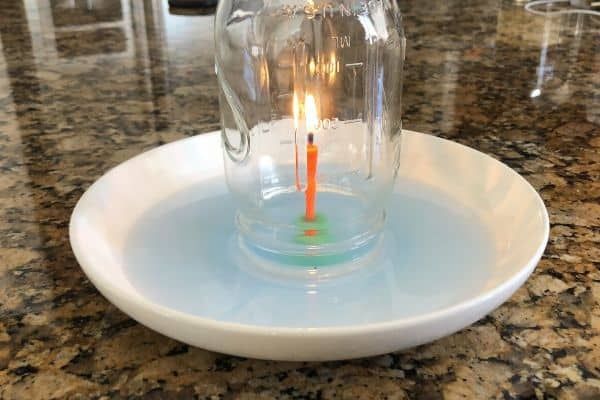
By selecting the right candle materials, monitoring burn times, and practicing caution, floating candles can be enjoyed for several hours before needing to be removed from the water.

